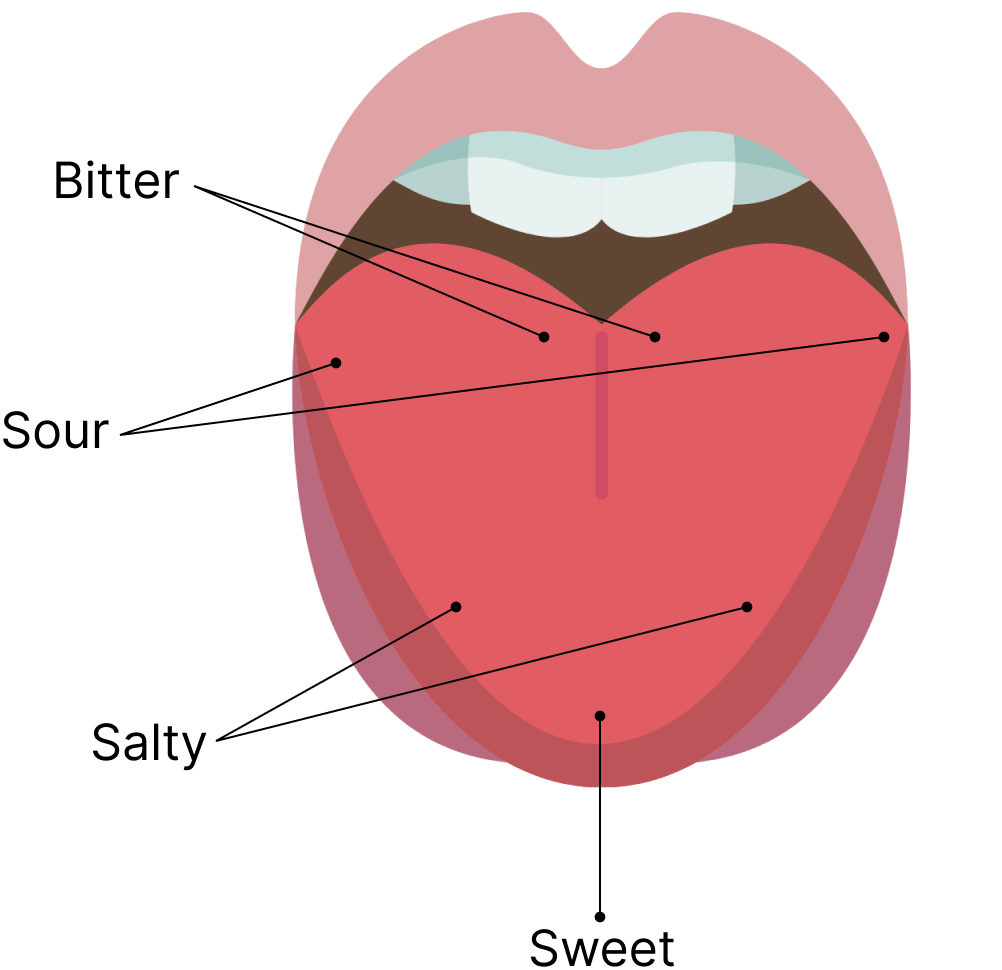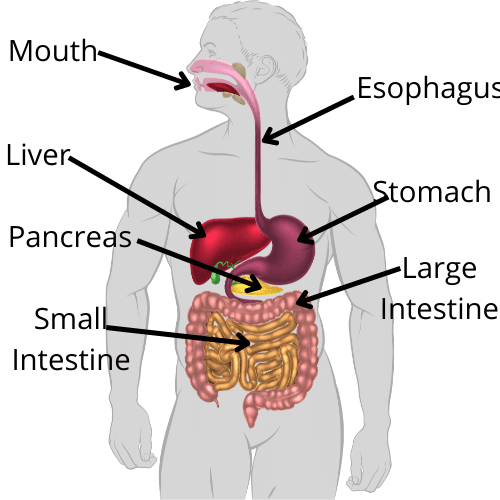EVS Notes for Chapter 3 From Tasting To Digesting Class 5 - FREE PDF Download
FAQs on From Tasting To Digesting Class 5 EVS Chapter 3 CBSE Notes - 2025-26
1. Why should we chew our food properly in From Tasting To Digesting Notes?
Proper chewing of food leads to easy swallowing and digestion. It also helps us to absorb the nutrients properly from the food.
2. How can we identify food ingredients mentioned in Class 5 EVS Chapter 3 Notes?
By referring to the NCERT Class 5 EVS workbook solutions, we can identify food ingredients from their features such as shapes, smell, and taste. This chapter explains how we can even identify certain food sources and ingredients by their tastes only.
3. Why was Nitu confused while listening to the glucose drip in Class 5 From Tasting To Digesting Notes?
Nitu learnt from her teacher that glucose solution is consumed. They can drink glucose by mixing it with water. When she heard that she will be given a glucose drip at the hospital, she was confused. She came to know that it can also be given to her through her veins directly.
4. What are the main organs involved in digestion in Class 5 EVS Chapter 3 Notes PDF?
The main organs involved in digestion are the mouth, esophagus, stomach, small intestine, and large intestine. Accessory organs like the liver, pancreas, and gallbladder also play vital roles in producing digestive enzymes and aiding in the process.
5. What is the role of enzymes in digestion in From Tasting To Digesting Notes?
Enzymes are biological molecules that accelerate chemical reactions in the body. In digestion, enzymes help break down complex food molecules into simpler substances that can be easily absorbed and utilised.
6. What does the chapter "From Tasting to Digesting" cover?
The chapter covers the journey of food through the digestive system, from tasting and chewing to digestion and nutrient absorption. It explains how each part of the digestive system contributes to breaking down food and extracting nutrients.
7. Why is it important to understand the digestive process in this chapter?
Understanding the digestive process helps students grasp how their bodies use food for energy and growth. It emphasises the importance of proper chewing and making healthy food choices for better digestion and overall health.
8. How can the Class 5 EVS Chapter 3 Notes PDF help with studying this chapter?
The Revision Notes simplify and summarise key concepts of the digestive process, making it easier for students to review and remember important details. They break down complex ideas into clear, manageable points for effective learning.
9. What are some key points covered in the Class 5 EVS Chapter 3 Notes?
Key points include the stages of digestion, the importance of chewing food well, the role of different digestive organs, and how nutrients are absorbed. The notes also highlight the impact of proper digestion on health.
10. How can students use these Class 5 EVS Chapter 3 Notes PDFs to prepare for exams?
Students can use the notes to review essential concepts and ensure they understand the digestive process. The clear summaries and key takeaways help reinforce learning, making it easier to recall information during exams.




























